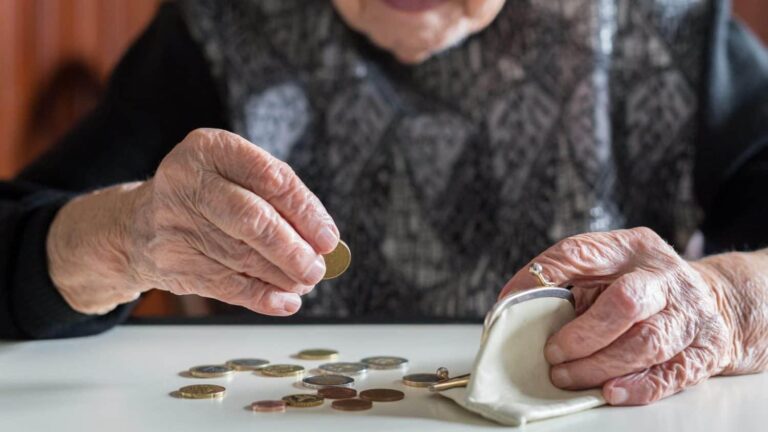Understanding Elderly Poverty in the Solomon Islands
The Solomon Islands face significant challenges related to elderly poverty. This issue not only affects the well-being of the elderly but also undermines the stability of families and communities. Many elderly individuals find themselves without adequate financial support as they age.
The Factors Contributing to Elderly Poverty
Several factors contribute to the high rates of poverty among the elderly in the Solomon Islands. Limited access to education and employment opportunities during their working years has left many without savings or pensions. The societal changes that have come with modernization have often marginalized traditional support systems for the elderly.
The Impact of Poverty on the Elderly
Poverty severely affects the health and quality of life of elderly individuals. Many seniors struggle to afford basic necessities such as food, healthcare, and shelter. This leads to increased vulnerability, both physically and mentally, as they face isolation and a lack of resources.
Efforts to Alleviate Elderly Poverty
Various organizations and initiatives are working towards alleviating elderly poverty in the Solomon Islands. Programs aimed at enhancing social security systems and community support networks are vital. One significant resource for understanding these initiatives is found in reports such as the one from The Borgen Project, which highlights efforts to combat elderly poverty in the region. You can read more about it here.
The Role of Government and Policy Interventions
Government intervention is crucial in addressing the issue of elderly poverty. Policymakers must prioritize social safety nets to support older populations. Effective strategies may include the implementation of pension systems and healthcare accessibility programs.
Conclusion
Addressing elderly poverty in the Solomon Islands is a complex but vital issue. By understanding the factors contributing to this challenge, the impacts on the elderly, and the initiatives in place, there is hope for improvements. Collaborative efforts involving local communities, non-profit organizations, and the government can lead to significant changes.

